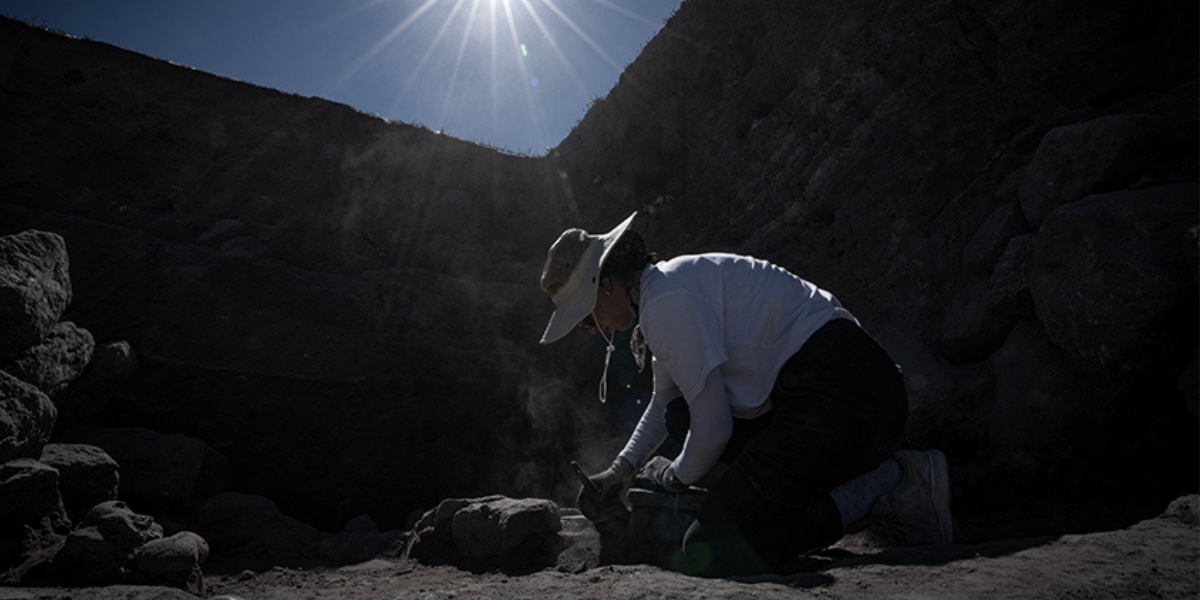
Excavations at Değirmenler Höyük in eastern Türkiye reveal traces of a 6,000-year-old settlement
In the rescue excavations started at Değirmenler Höyük (Değirmen Mound) in Erzurum in eastern Türkiye, settlements dating back about 6 thousand years were found in the first findings.
The “Değirmenler Höyük Excavation” rescue excavation project, led by the Erzurum Museum Directorate, started on July 1.
During the 2-month excavation, settlement layers dating back to approximately 6 thousand years ago were identified.
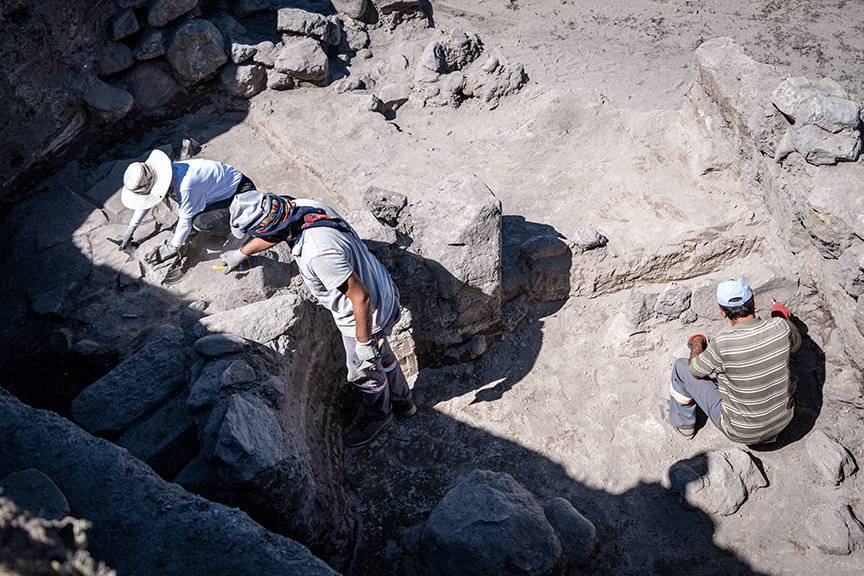
Experts believe that the calendar will be pushed back even further with further excavations in the area.
📣 Our WhatsApp channel is now LIVE! Stay up-to-date with the latest news and updates, just click here to follow us on WhatsApp and never miss a thing!!
Human and animal bones and ceramics were found in the settlement layers.
Approximately 4,000 years ago, the region had a strong social structure based on animal husbandry and agriculture.
Prof. Dr. Mehmet Işıklı, Head of the Department of Protohistory and Prehistory Archaeology at Atatürk University, the scientific advisor of the project, said: “There were powerful beys here at that time. As a matter of fact, we are currently trying to identify the villages of the geography where those beys lived through excavations. We know that there was a strong kingdom centered in Erzurum, even strong enough to challenge the Urartu Kingdom when the time came, with its castles, military power and rich animal potential. We are in the process of excavating the village of those kingdoms here.”
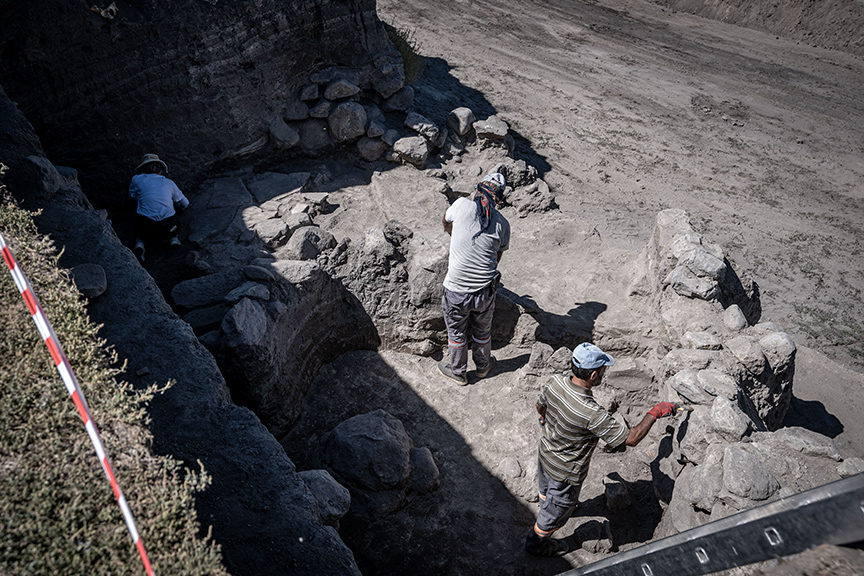
Erzurum Museum Archaeologist Assoc. Prof. Dr. Gülşah Altunkaynak, the excavation coordinator, said that the archaeology of the region has developed mostly on rescue excavations for many years.
“We are actually trying to reach the earliest settlement here as soon as possible. Our aim is to leave a step in each layer with this step trench method and reveal the periods and building phases.”
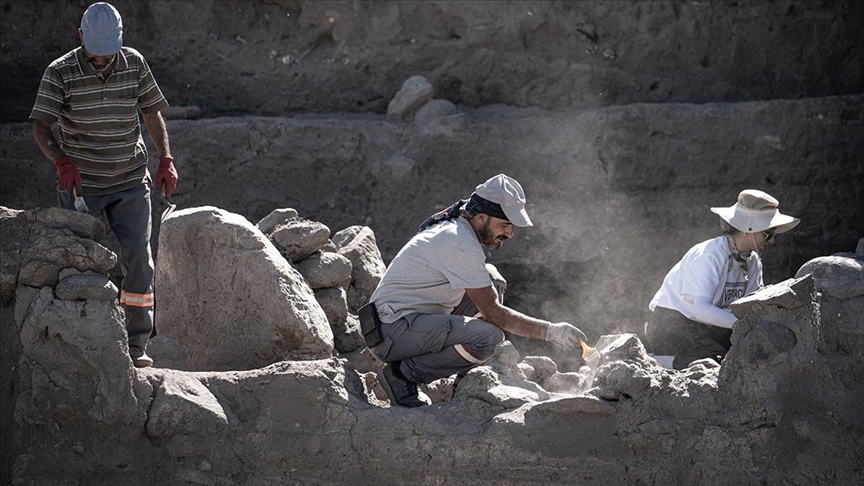
Altunkaynak said the following about the works at the mound.
“In the work we have done so far, we first opened a medieval cemetery in a fill of about 1.5 meters, and then the Iron Age layer began. We started to excavate this layer with various building phases, and we encountered more architectural fill than we expected. In fact, in such places, we are doing richer studies in ceramics or small finds, but architecture is also predominant here. After completing this architecture, we will go down to the Karaz phase. Karaz is the most well-known Early Bronze Age settlement period in our region. Therefore, we are faced with a much thicker fill.”
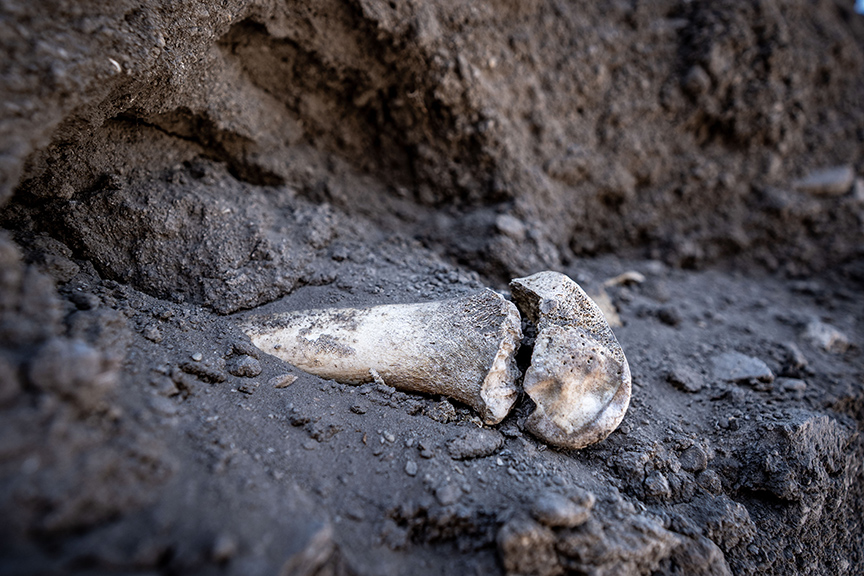
“A little differently in Değirmenler, the sections appear with a fill of about 1.5 meters. If we arrive at something good with such a fill, we will have the chance to add much more new data on top of what we already know. Maybe we are planning to go down to the Chalcolithic Age.”
“The Degirmenler Höyük will probably give history a larger Karaz fill, allowing us to obtain data that we have not seen so far. At least that is our hope. In addition to Karaz, we will have identified an earlier settlement, perhaps even earlier than Alaybeyi, and thus we aim to find the earliest settlement in the region.
Cover Photo: Hilmi Tunahan Karakaya/AA
You may also like
- A 1700-year-old statue of Pan unearthed during the excavations at Polyeuktos in İstanbul
- The granary was found in the ancient city of Sebaste, founded by the first Roman emperor Augustus
- Donalar Kale Kapı Rock Tomb or Donalar Rock Tomb
- Theater emerges as works continue in ancient city of Perinthos
- Urartian King Argishti’s bronze shield revealed the name of an unknown country
- The religious center of Lycia, the ancient city of Letoon
- Who were the Luwians?
- A new study brings a fresh perspective on the Anatolian origin of the Indo-European languages
- Perhaps the oldest thermal treatment center in the world, which has been in continuous use for 2000 years -Basilica Therma Roman Bath or King’s Daughter-
- The largest synagogue of the ancient world, located in the ancient city of Sardis, is being restored











Leave a Reply